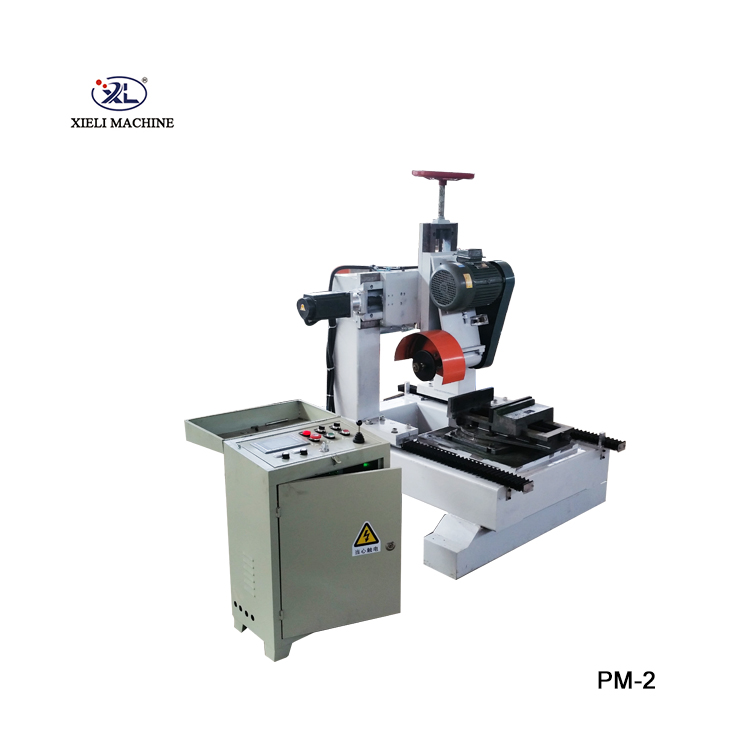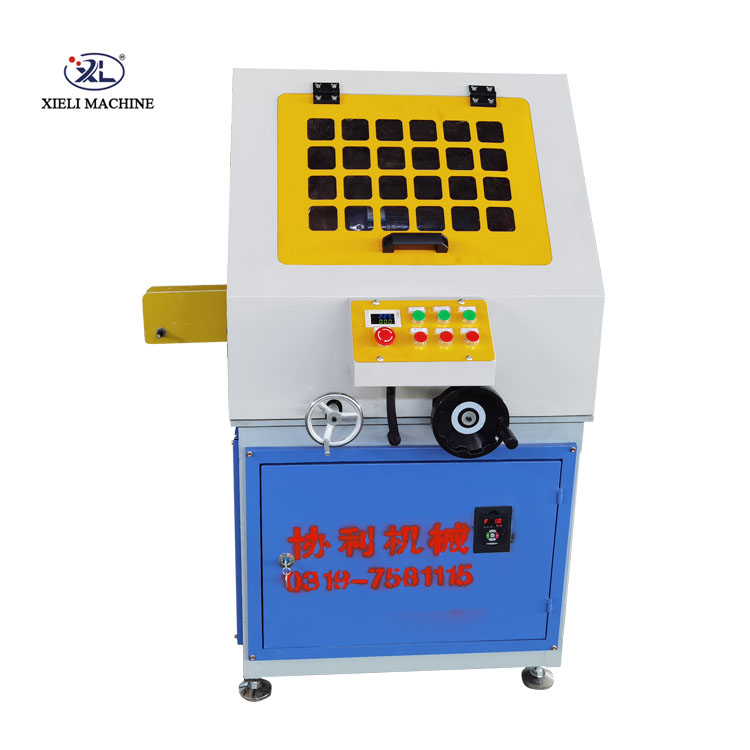Troubleshooting Centerless Grinders A Comprehensive Guide
Centerless grinders are a critical component in the manufacturing process, particularly for precision machining. These machines are known for their efficiency and ability to produce high-accuracy components. However, like any machinery, they can encounter problems that may affect their performance. This article aims to provide a comprehensive troubleshooting guide for common issues faced by centerless grinders.
Understanding the Basics
Before diving into troubleshooting, it's essential to understand how centerless grinders operate. Unlike traditional cylindrical grinders, centerless grinders do not rely on centers to hold the workpiece in place. Instead, the workpiece is supported by a blade and is rotated by grinding wheels. This unique setup allows for continuous grinding, making it ideal for mass production.
Common Issues and Solutions
1. Inconsistent Part Dimensions
One of the most common issues in centerless grinding is inconsistent part dimensions. This problem can arise from several factors, including incorrect wheel alignment, variations in the workpiece, or improper settings.
Solution First, check the alignment of the grinding wheels. They should be parallel to the workpiece and correctly positioned against the regulating wheel. Additionally, ensure that the workpiece is not out of round or has inconsistencies. Adjust the wheel speed and feed rate to optimal levels for the material being processed.
2. Poor Surface Finish
A poor surface finish is often an indication of wear or damage to the grinding wheels. It may also result from incorrect wheel speed or feed rate.
Solution Inspect the grinding wheels for wear or damage. If they are dull, consider dressing the wheels or replacing them. Adjust the feed rate and wheel speed to find the most suitable combination for the material and desired finish.
3. Overheating of the Workpiece
Overheating can lead to thermal damage and adversely affect the mechanical properties of the workpiece.
Solution Ensure that there is adequate cooling during the grinding process. This might include increasing the flow of coolant or adjusting the grinding parameters. Inspect the workpiece and grinding wheels for signs of excessive heat generation and make necessary adjustments.
centerless grinder troubleshooting service

Grinding wheel loading occurs when debris builds up on the wheel, leading to a loss of efficiency and poor performance.
Solution Regularly clean the grinding wheels. Incorporate a dressing tool to resharpen and clean the wheels, maintaining their efficiency. Monitor the grinding process for signs of loading and respond accordingly.
5. Vibrations and Noise
Excessive vibrations and noise during operation can indicate underlying mechanical issues such as imbalance in the grinding wheel or improper mounting of components.
Solution Check for any visible signs of damage or imbalance in the wheels. Ensure all components are securely mounted and that bearings are lubricated and in good condition. It may also be helpful to balance the grinding wheels.
6. Inconsistent Feed Rate
An inconsistent feed rate can lead to varied grinding results, causing quality issues with the finished product.
Solution Inspect the feed mechanism for any signs of wear or malfunction. Ensure that the feed rate is appropriately calibrated and that any automation systems are functioning correctly. Regular maintenance of the feeding mechanism will help to prevent this issue.
Routine Maintenance
Prevention is better than cure. Implementing a regular maintenance schedule can help minimize downtime and improve the performance of your centerless grinder. This should include
- Regular checking and adjusting of the wheel alignment - Frequent cleaning of the grinding area and components - Lubrication of moving parts - Regular inspection of grinding wheels for wear and tear
Conclusion
Centerless grinding is a valuable process in many manufacturing applications. By understanding common problems and their solutions, operators can troubleshoot issues effectively, ensuring that machines run smoothly and efficiently. Regular maintenance and proactive measures will minimize downtime and enhance productivity. Embrace the journey of troubleshooting, and your centerless grinder will serve you well in producing high-quality components.





